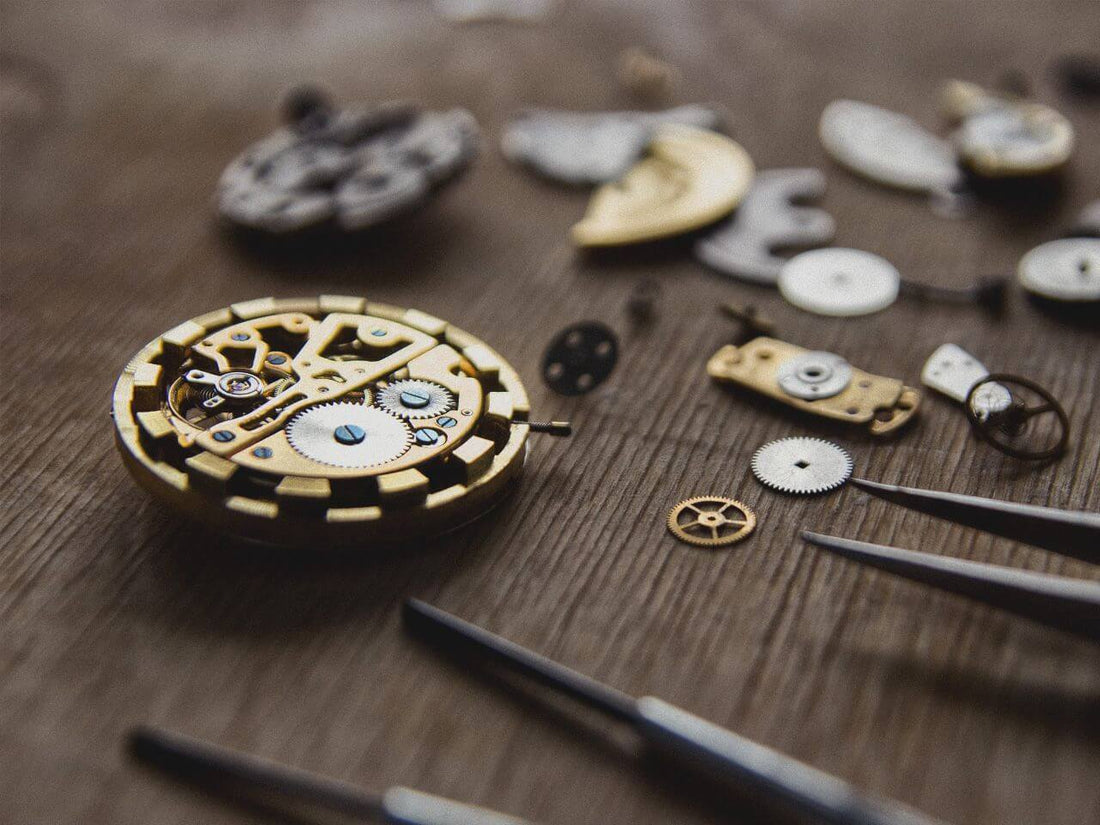
How Wooden Watches Are Made: Craftsmanship, Sustainability, and Timeless Style
In an age of mass production and metal alloys, wooden watches offer a refreshing blend of craftsmanship, sustainability, and individuality. Each timepiece tells a story—not just of hours and minutes, but of nature, artisan skill, and thoughtful design. But how exactly are these eco-friendly accessories brought to life?
This article guides you through the step-by-step process of how our wooden watches are made for our Australian customers, from the tree to the wrist, with a focus on quality, environmental responsibility, and innovation.
1. Selecting and Preparing the Wood for Your Watch
Every wooden watch begins with nature’s raw gift—solid timber. Watchmakers choose hardwoods not just for their beauty, but for their durability and unique grain patterns.

Commonly used varieties include maple, sandalwood, zebrawood, ebony, bamboo, and walnut.
The wood is dried to reduce its moisture content—typically to 6–8%—to prevent cracking and warping. When necessary, we will take this a step further by stabilising the wood with resin, improving strength and water resistance without compromising natural aesthetics.
2. Design and Prototyping Our Wooden Watches
Designers begin with sketches or digital models (CAD), planning everything from the overall shape to the display of the wood grain. This stage blends creativity and precision.
After the digital model is finalised, prototypes are created—sometimes using 3D-printed plastic or wood samples. These mockups help refine comfort, weight distribution, and functional ergonomics before final production.
3. Cutting and Shaping the Components
Once the wood is selected and the designs are finalised, CNC (Computer Numerical Control) machines or laser cutters are sometimes used to carve out precise pieces for the case, bezel, dial, and strap links.
Some of our watch makers also use hand-carving tools or steam-bending techniques for more traditional or curved designs.
After cutting, the pieces are sanded smooth—often by hand—to remove imperfections and reveal the natural grain.
4. Wood Watch Treatment and Finishing
To enhance the colour and protect the wood, natural oils, waxes, or lacquers are applied. This not only deepens the hue but also seals the surface from minor moisture exposure.
Unlike synthetic materials, the goal here is to preserve the organic texture and warmth of the wood. it also ensures maximum comfort for our wooden watch wearers.
In some cases, resin infusion techniques are used to make the wood more stable and resistant to water or humidity—especially important for daily-wear accessories.
5. Movement Installation and Assembly
Although the exterior is crafted from wood, the heart of a wooden watch is its internal movement—either a Japanese quartz movement, such as Seiko (battery-operated), or an automatic (self-winding, kinetic) movement. The wooden case is carefully bored to precise dimensions so the movement fits snugly.

Watch hands, the dial, crystal glass, and the crown are then added. Everything is assembled in a clean environment to prevent dust from affecting the movement.
The strap or bracelet, made from wooden links or a wood-stainless steel hybrid, is attached using metal pins or screws for added flexibility and durability.
6. Inspection and Quality Control
Before a wooden watch is ready to wear, it must pass a series of quality checks. These include:
- Functional testing for timekeeping accuracy
- Alignment checks for hands and dials
- Water resistance testing (depending on design)
- Aesthetic checks for smooth finish, consistent grain, and even colouration
Any imperfections are corrected by hand, ensuring that every piece meets the watchmaker’s standards.
7. Packaging and Sustainability
Sustainability isn’t just a trend—it’s the ethos behind many wooden watch brands. Most use reclaimed or sustainably harvested wood and avoid harmful chemicals in the finishing process. Packaging is often made from recycled or biodegradable materials.
Our Craftsmen are committed to planting a tree for every watch sold. We promote transparency about sourcing and manufacturing to emphasise our low environmental impact—often using up to seven times less energy than metal watch production.
Why Wooden Watches Are Worth the Hype
Wooden watches are more than just accessories. They’re wearable pieces of art that connect you with nature and stand for craftsmanship and conscious living.
With thoughtful design, skilled production, and a lighter environmental footprint, it’s no surprise they’re making their mark in modern fashion.
Whether you're drawn to the rustic charm, the eco-friendly ethos, or the tactile beauty of real timber, a wooden watch is a meaningful choice in a world of disposable trends.
